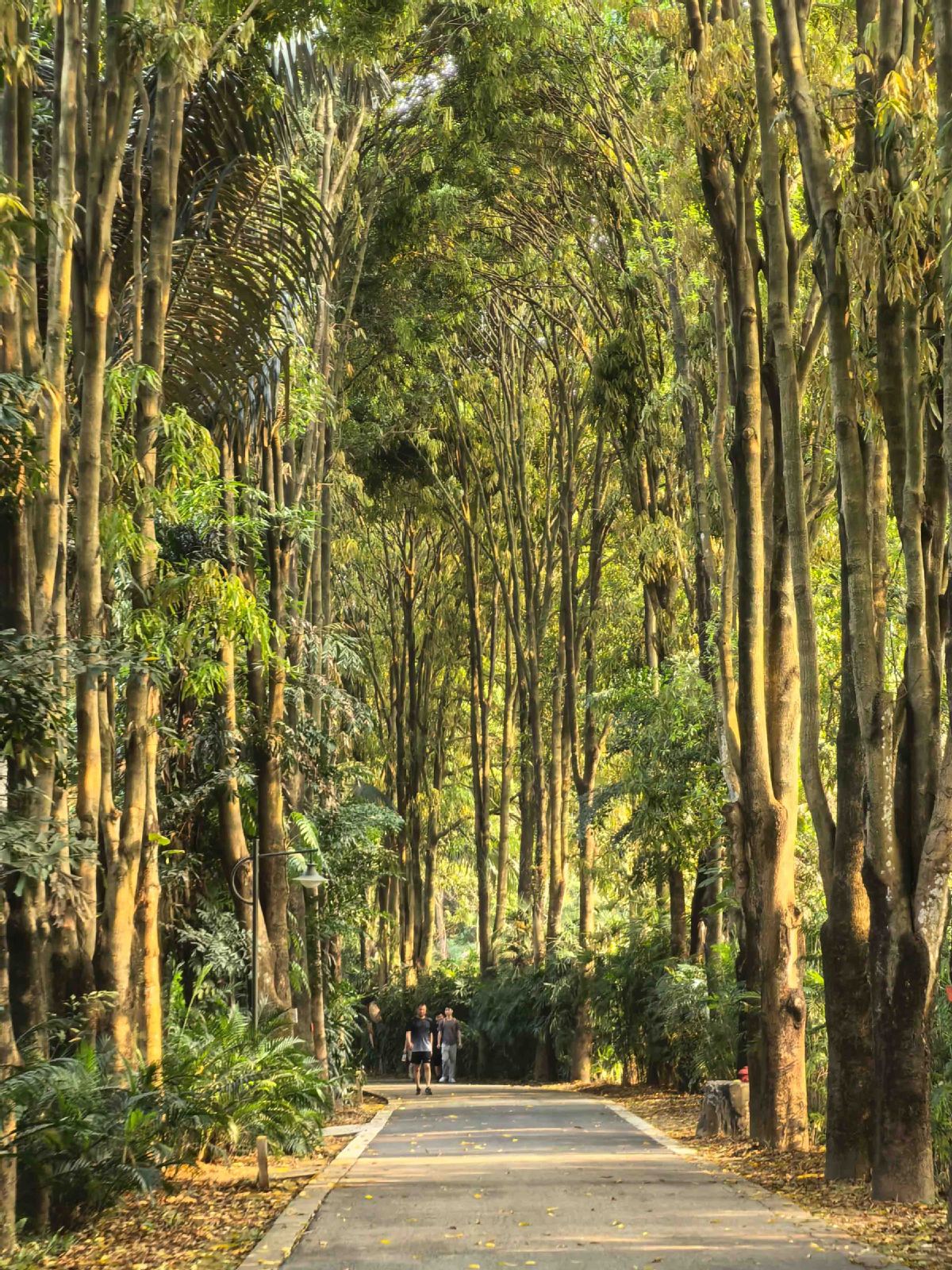Extinct Primulina tabacum flower discovered in Guangdong


A flower once believed to be extinct for over a century, Primulina tabacum, now thrives again in Guangdong's karst caves, thanks to cutting-edge science and decades of relentless effort by Chinese researchers.
This botanical resurrection, emblematic of China's growing leadership in biodiversity conservation, was among the highlights revealed during a recent media tour organized by the Chinese Academy of Sciences to the Dinghushan National Nature Reserve and South China Botanical Garden (SCBG).
Rescuing a 'lost' species
Discovered in the 1880s by foreign explorers but unseen for over 100 years, the delicate Primulina tabacum was rediscovered in the 1990s with only three known surviving plants. SCBG scientists launched an ex-situ conservation program in 2002, decoding its unique pollination mechanism — self-fertilization triggered by falling petals — and using cloning technology to cultivate 3,000 wild-reintroduced species. Today, SCBG safeguards 1,050 rare plant species, including 558 state-protected varieties, in one of China's largest germplasm banks.
"We protect each plant not because of its known value, but because we don't yet know its potential. Once a species vanishes, it's irreversible," said Ning Zulin, deputy director of SCBG's horticulture center. The garden aims to protect 95 percent of South China's endangered flora and reintroduce 20 species into the wild by 2030.























